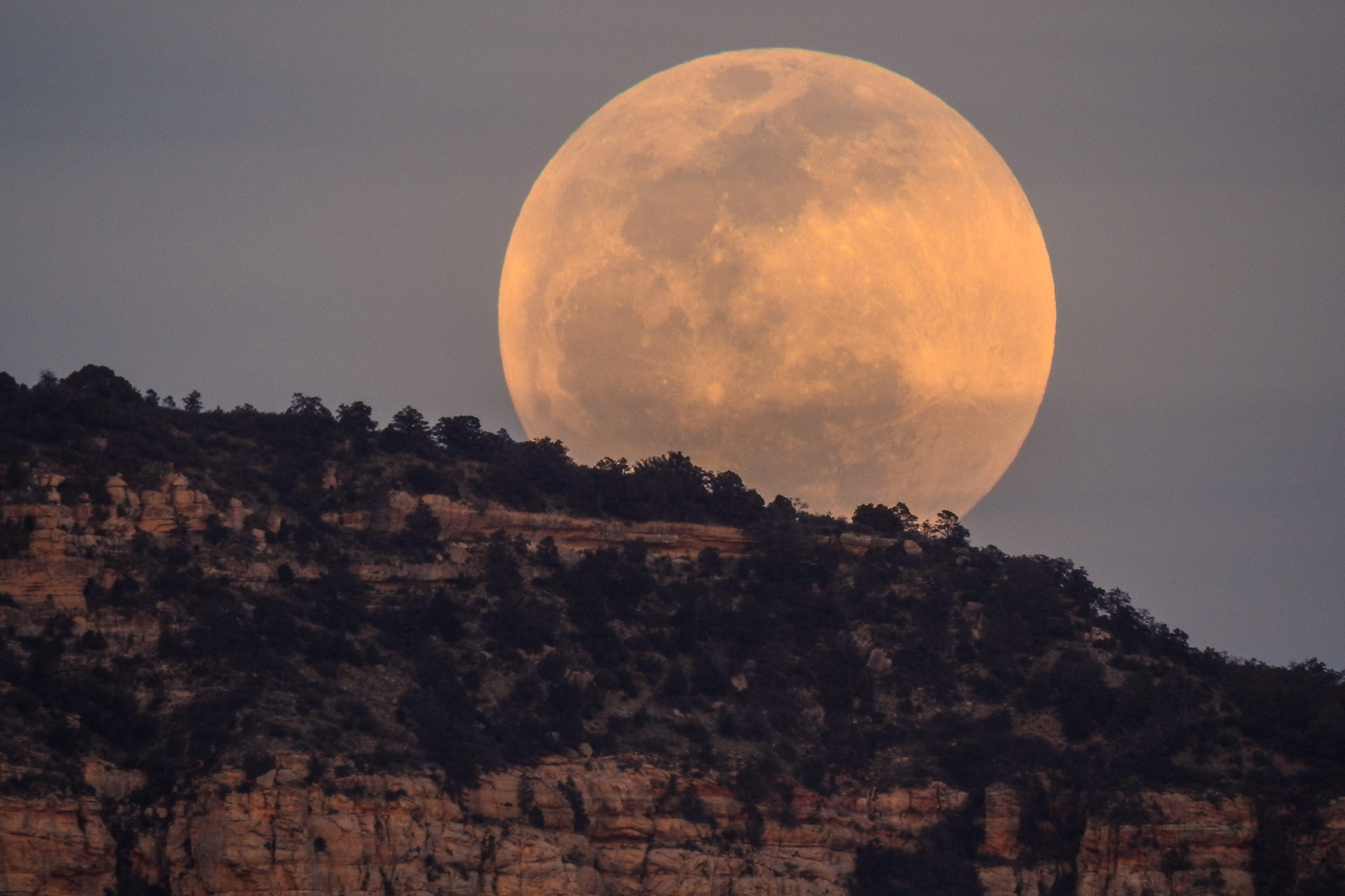

An Example of Shutter Speed & Exposure Stops Shortening the shutter speed, producing a shorter exposure time, forces the image sensor to collect less light information, producing a darker image with less motion blur. Lengthening the shutter speed, producing a longer exposure time, allows the image sensor to collect more light information, producing a brighter image with increased motion blur. This makes it easy to increase or decrease the image brightness & balance the exposure triangle without guessing. Stops allow you to easily compare the amount of light captured by one shutter speed setting compared to another.Specific stops don’t directly correlate to specific shutter speed values.The Shutter Speed Column shows different standard shutter speeds in 1 stop intervals. The Stops Column shows the difference in stops between varying shutter speeds. Reference the shutter speed chart, while reading the following section. Overall, stops provide an easy way for the photographer to increase or decrease image brightness or adjust specific f-stop, ISO, and shutter speed settings while balancing the exposure triangle.For ISO, exposure stops provide the increase or decrease in signal (light information) amplification, thus how much light is required to produce the optimal exposure.In the following sections, we will discuss this topic in detail.Īn exposure stop, or stop for short, provides a universal scale to measure the increase and decrease in light, exposed to the image sensor, due to changes in shutter speed & f-stop. Motion blur is a function of shutter speed, focal length, and speed of the object moving through the composition.Įxperimentation is key to learning how motion blur works. No Motion Blur – 1/1000 Second Shutter Speedįor every photo, each pixel shows the average of the color and light it collects over the given shutter speed. You could increase the motion blur by lengthening the shutter speed. The water is much smoother with less detail. The following photo shows a slight motion blur.

The following images show some examples of water. Using varying shutter speeds the photographer can add “interestingness” to the photo by showing movement in a still picture. When different elements in the composition move during the exposure, such as:Įach pixel will show the average of the color and light collected during the exposure time. Once this exposure time has elapsed, the shutter closes and the sensor is no longer exposed to light. This is known as a 2 second exposure time. Shutter speed controls the exposure time.įor example, a shutter speed of 2 seconds, exposes the image sensor to light for 2 seconds. Mirrorless cameras do not. Other than this fact shutter speed works in the same manner for both. Technical Note: DSLR cameras have a physical shutter. When you push the shutter button to take an image, the shutter opens and the sensor is exposed to light for the amount of time denoted by the shutter speed setting.

This is also a factor in determining image brightness. Shutter speed controls the length of time the sensor is exposed to light from the scene. The camera sensor collects & records light information about the scene being photographed. To create an image, light passes through the lens aperture where it’s exposed to the camera sensor.


 0 kommentar(er)
0 kommentar(er)
